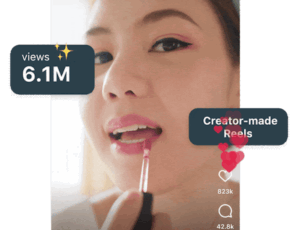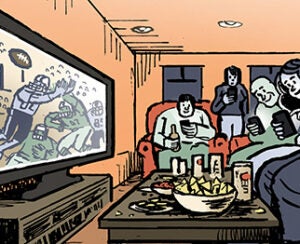Pixability, a platform that originated as a tool for identifying high-performing YouTube channels, is putting its money where its mouth is.
The company will refund advertisers for views that run on YouTube inventory that is not brand-safe or fails to meet an advertiser’s agreed-upon brand safety terms, either through cash or TV-like “make-goods.”
Although Pixability says the likelihood of its filters failing to flag unsavory content is small, brands want more from their YouTube investments.
These brand safety guarantees were baked into Pixability’s launch Wednesday of an expanded brand safety solution for YouTube.
The tool, which is available only as a managed service for now, includes automated filtering and in-flight monitoring for video brand safety, third-party verification via Oracle’s Moat and manual review by Pixability’s services team.
Although Google has taken measures to eradicate objectionable content on YouTube, some buyers argue it hasn’t done enough to vet most content beyond the top 5% of inventory on Google Preferred.
Even though Google has implemented new safeguards for vetting that content manually and through automation, YouTube remains a massive repository of user-generated video content.
“A typical campaign on YouTube will appear on about 1.5 million videos, and there’s no way you can manage that using manual vetting,” said Andreas Goeldi, CTO for Pixability. “Finding the right videos requires you to pre-select the inventory you want to run against using software.”
But Google’s recent brand safety snafu is also an opportunity for platforms like Pixability and OpenSlate, both of which have doubled down on brand safety verification and contextual targeting in light of YouTube’s headwinds.
“It’s been interesting for us to watch because we’ve been working on this for four years before brand safety even became a big issue,” Goeldi said.
Although some advertisers, such as video game publishers, are more forgiving with contextual alignment on YouTube, other categories, such as luxury or retail, have more nuanced needs.
Luxury advertisers, for instance, not only want to buy brand-safe content, but similar to TV, many don’t want to appear adjacent to competitors or buy against content their competitors have as well.
Conversely, some CPGs and mass-market brands have unique requests that go well beyond whitelisting specific creators or channels.
“We ran a campaign for a toothbrush manufacturer, and they wanted to run just on tutorial videos that talk about glitter lipstick because you can apparently stain your teeth with glitter lipstick,” Goeldi said.
Pixability claims its platform answers the need for better brand safety and contextual targeting. Mindshare is using Pixability’s brand safety solution to vet YouTube videos on behalf of a luxury retail brand client.
Mary Gonzalez, digital account director for Mindshare, said client requests are far more stringent in the wake of YouTube’s brand safety challenges.
“They’re not only asking to reach an audience that’s interested in the ads, but doing so in a really relevant and premium environment,” Gonzalez said. “Human verification down to the video level is really important, and reporting down to the URL ensures we know where our ads have placed.”
Brands have become more specific about contextual alignment beyond the basic question: “Is this brand-safe?”
“There are lots of particularities we need to look at now at the brand level,” Gonzalez added. “There are additional controls we’re layering on through Pixability’s platform that we can’t get through Google as it is right now.”













